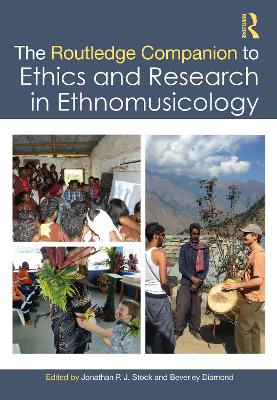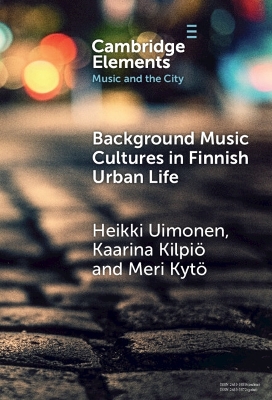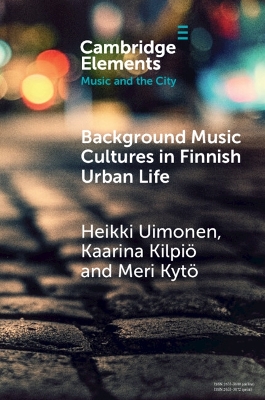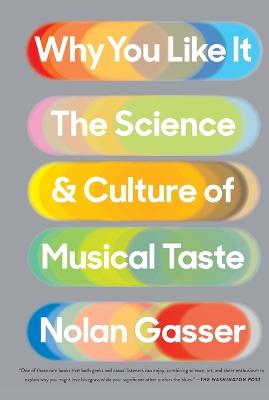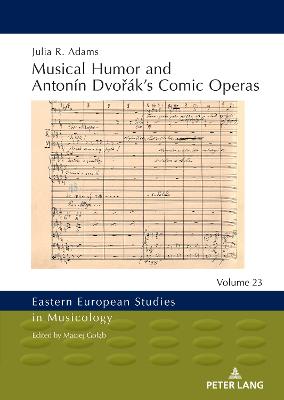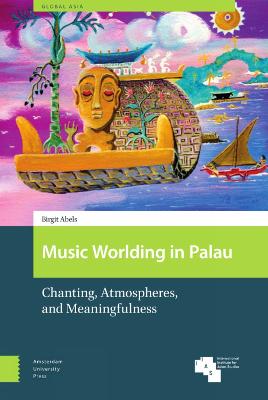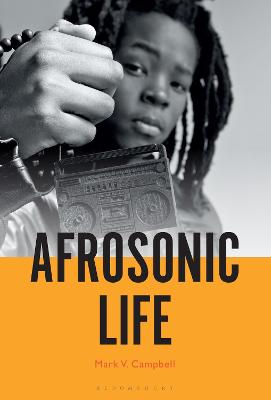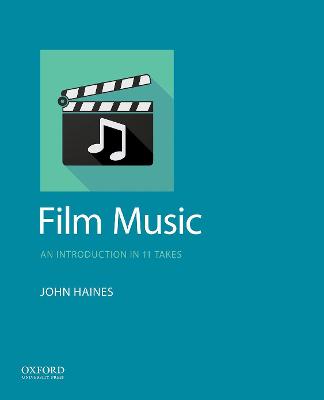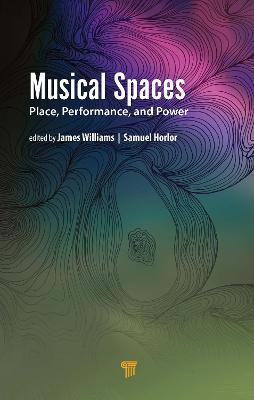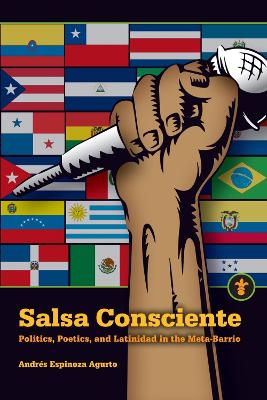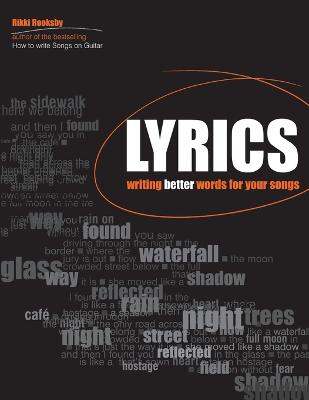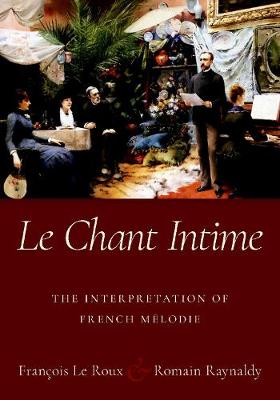Ritigaula
 portes grátis
portes grátis
Ritigaula
A Study of Improvisation and Discourse in Indian Music
Mukherji, Somangshu
Taylor & Francis Ltd
10/2021
272
Dura
Inglês
9780367430016
15 a 20 dias
698
1.1. Improvisation of formal music
1.1.1. Improvisation, music, and language
1.1.2. The nature of raga1.2. Some visual representations of raga Ritigaula
1.3. General aspects of composition and improvisation in South Indian music
1.3.1. Form and text in composition
1.3.2. Style in improvisation: the temporal domain of flow1.3.3. Other temporal domains: pace, position, and frequency
2. The morphology of raga Ritigaula
2.1. Basic elements of musical form
2.1.1. Aspects of pitch space and Sanskrit general phrase types
2.1.2. Phrase types and nuclear motives
2.2. Motivic structure in Ritigaula
2.2.1. The nuclear motives of Ritigaula
2.2.2. Simple motivic expansion in the rising and higher-falling categories
2.2.3. Complex motivic expansion in the lower-falling category
2.3. Thematic compounds
2.3.1. The higher-register thematic compound
2.3.2. The lower-register thematic compounds
3. The syntax of raga Ritigaula
3.1. Phrase structure, order, and ambitus
3.1.1. Phrase sequences in the - 7 melodic ambitus
3.1.2. Phrase sequences in the - 5 melodic ambitus
3.2. The exposition of Ritigaula in the lower register
3.2.1. The two ambitus used for the lower register
3.2.2. The two thematic nuclei of the lower register and their extensions
3.3. The exposition of Ritigaula in the higher register
3.3.1. The thematic nuclei and exposition of the higher register
3.3.2. Further instances of higher-register exposition and elaboration
3.3.3. Internal and external marks separating off the higher-register exposition
3.4. Rhetorical procedures in the improvisation
3.4.1. Rapid passage work in improvisation and composition
3.4.2. The improvisatory procedure of end-marked phrases
3.5. Form, style, and procedure in improvisation
4. Musicological method and Indian music
4.1. Linguistic models and music analysis
4.1.1. Models
4.1.2. Levels
4.2. Indian music and historical musicology
4.2.1. Composition, improvisation, and the creative process in Indian music
4.2.2. The "work of music" as historical datum and aesthetic object
4.2.3. Ethnomusicology and "art" music
5. Sanskrit musical theory in the 16th-18th centuries
5.1. The Indic tradition for musical discourse
5.2. The Tanjore tradition in historical context
5.2.1. The treatise Sangita-sudha and the Shahji manuscripts
5.2.2. Scholastic conflict between old and new doctrine
5.3. The new doctrines of Sangita-sudha5.3.1. The new tonal system of the 16th-18th centuries
5.3.2. Sangita-sudha's six raga components and the Shahji manuscripts
5.3.3. The four essential parts of a raga presentation in 17th-century Tanjore
5.4. Descriptions of Ritigaula in the treatises
5.4.1. The similarity of the modern and the 17th-century Tanjore Ritigaula
5.4.2. The description of Ritigaula in the Sangita-sudha5.4.3. Ritigaula in the treatise Sangita-saramrota5.4.4. Ritigaula in treatises not from Tanjore
6. Pre-modern and modern discourse in raga Ritigaula
6.1. Extemporized discourse in Ritigaula in the pre-modern sources
6.1.1. The general shape of the improvisation and its introductory portion
6.1.2. The exposition sections
6.1.3. The passages returning to a constant theme
6.1.4. The concluding portion
6.2. Comparison of 17th-century and 20th-century extempore discourse in Ritigaula
6.3. Improvisation, the concept of raga, and the premises of musical thought
Appendix 1. Visual models of Ritigaula
Chart I. Kriti "Janani ninnu vina"
Chart II. AlapanaAppendix 2. Guide to the audio recordings for RitigaulaAppendix 3. Ornaments and notation
Glossary.
Notes.
Bibliography.
1.1. Improvisation of formal music
1.1.1. Improvisation, music, and language
1.1.2. The nature of raga1.2. Some visual representations of raga Ritigaula
1.3. General aspects of composition and improvisation in South Indian music
1.3.1. Form and text in composition
1.3.2. Style in improvisation: the temporal domain of flow1.3.3. Other temporal domains: pace, position, and frequency
2. The morphology of raga Ritigaula
2.1. Basic elements of musical form
2.1.1. Aspects of pitch space and Sanskrit general phrase types
2.1.2. Phrase types and nuclear motives
2.2. Motivic structure in Ritigaula
2.2.1. The nuclear motives of Ritigaula
2.2.2. Simple motivic expansion in the rising and higher-falling categories
2.2.3. Complex motivic expansion in the lower-falling category
2.3. Thematic compounds
2.3.1. The higher-register thematic compound
2.3.2. The lower-register thematic compounds
3. The syntax of raga Ritigaula
3.1. Phrase structure, order, and ambitus
3.1.1. Phrase sequences in the - 7 melodic ambitus
3.1.2. Phrase sequences in the - 5 melodic ambitus
3.2. The exposition of Ritigaula in the lower register
3.2.1. The two ambitus used for the lower register
3.2.2. The two thematic nuclei of the lower register and their extensions
3.3. The exposition of Ritigaula in the higher register
3.3.1. The thematic nuclei and exposition of the higher register
3.3.2. Further instances of higher-register exposition and elaboration
3.3.3. Internal and external marks separating off the higher-register exposition
3.4. Rhetorical procedures in the improvisation
3.4.1. Rapid passage work in improvisation and composition
3.4.2. The improvisatory procedure of end-marked phrases
3.5. Form, style, and procedure in improvisation
4. Musicological method and Indian music
4.1. Linguistic models and music analysis
4.1.1. Models
4.1.2. Levels
4.2. Indian music and historical musicology
4.2.1. Composition, improvisation, and the creative process in Indian music
4.2.2. The "work of music" as historical datum and aesthetic object
4.2.3. Ethnomusicology and "art" music
5. Sanskrit musical theory in the 16th-18th centuries
5.1. The Indic tradition for musical discourse
5.2. The Tanjore tradition in historical context
5.2.1. The treatise Sangita-sudha and the Shahji manuscripts
5.2.2. Scholastic conflict between old and new doctrine
5.3. The new doctrines of Sangita-sudha5.3.1. The new tonal system of the 16th-18th centuries
5.3.2. Sangita-sudha's six raga components and the Shahji manuscripts
5.3.3. The four essential parts of a raga presentation in 17th-century Tanjore
5.4. Descriptions of Ritigaula in the treatises
5.4.1. The similarity of the modern and the 17th-century Tanjore Ritigaula
5.4.2. The description of Ritigaula in the Sangita-sudha5.4.3. Ritigaula in the treatise Sangita-saramrota5.4.4. Ritigaula in treatises not from Tanjore
6. Pre-modern and modern discourse in raga Ritigaula
6.1. Extemporized discourse in Ritigaula in the pre-modern sources
6.1.1. The general shape of the improvisation and its introductory portion
6.1.2. The exposition sections
6.1.3. The passages returning to a constant theme
6.1.4. The concluding portion
6.2. Comparison of 17th-century and 20th-century extempore discourse in Ritigaula
6.3. Improvisation, the concept of raga, and the premises of musical thought
Appendix 1. Visual models of Ritigaula
Chart I. Kriti "Janani ninnu vina"
Chart II. AlapanaAppendix 2. Guide to the audio recordings for RitigaulaAppendix 3. Ornaments and notation
Glossary.
Notes.
Bibliography.



